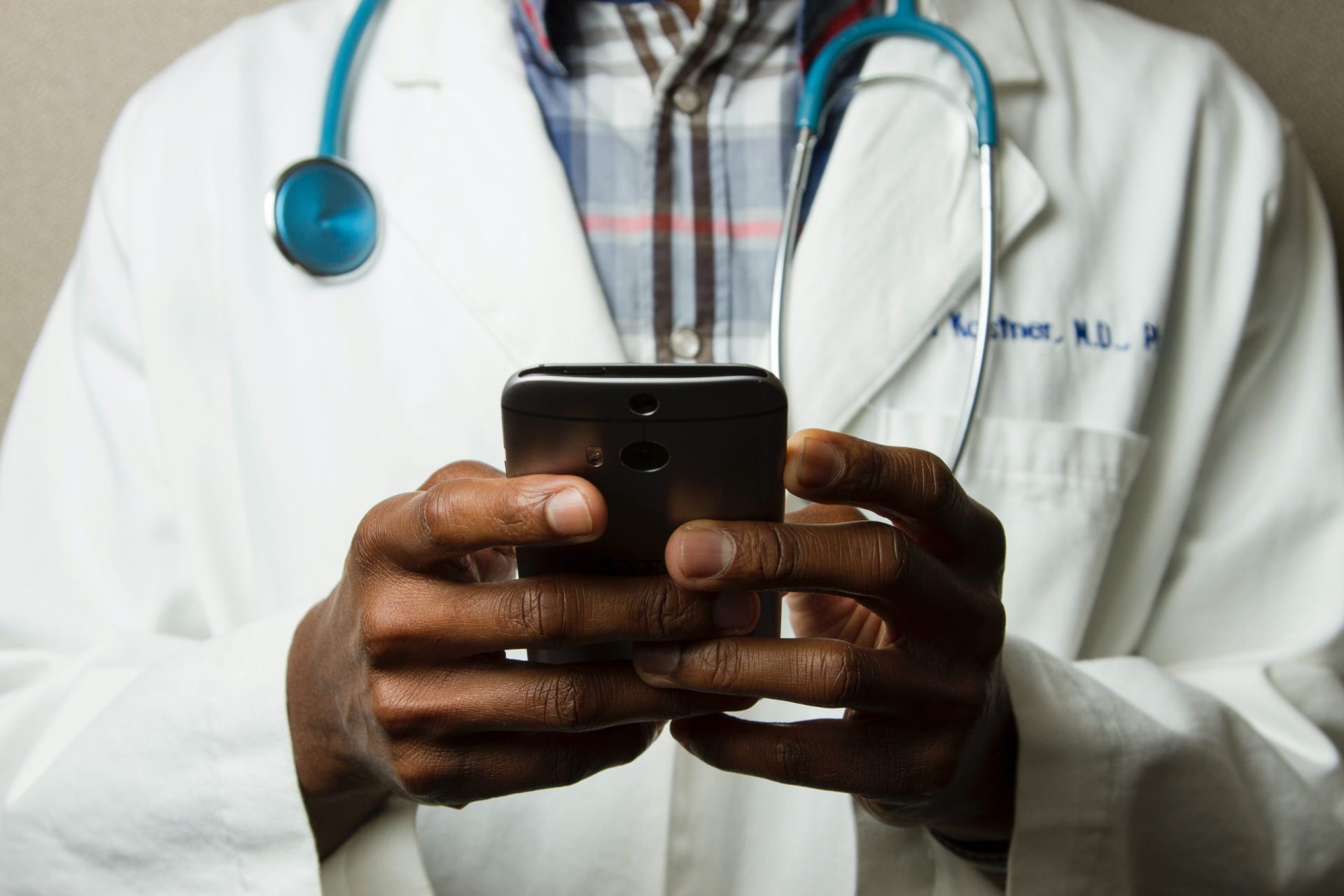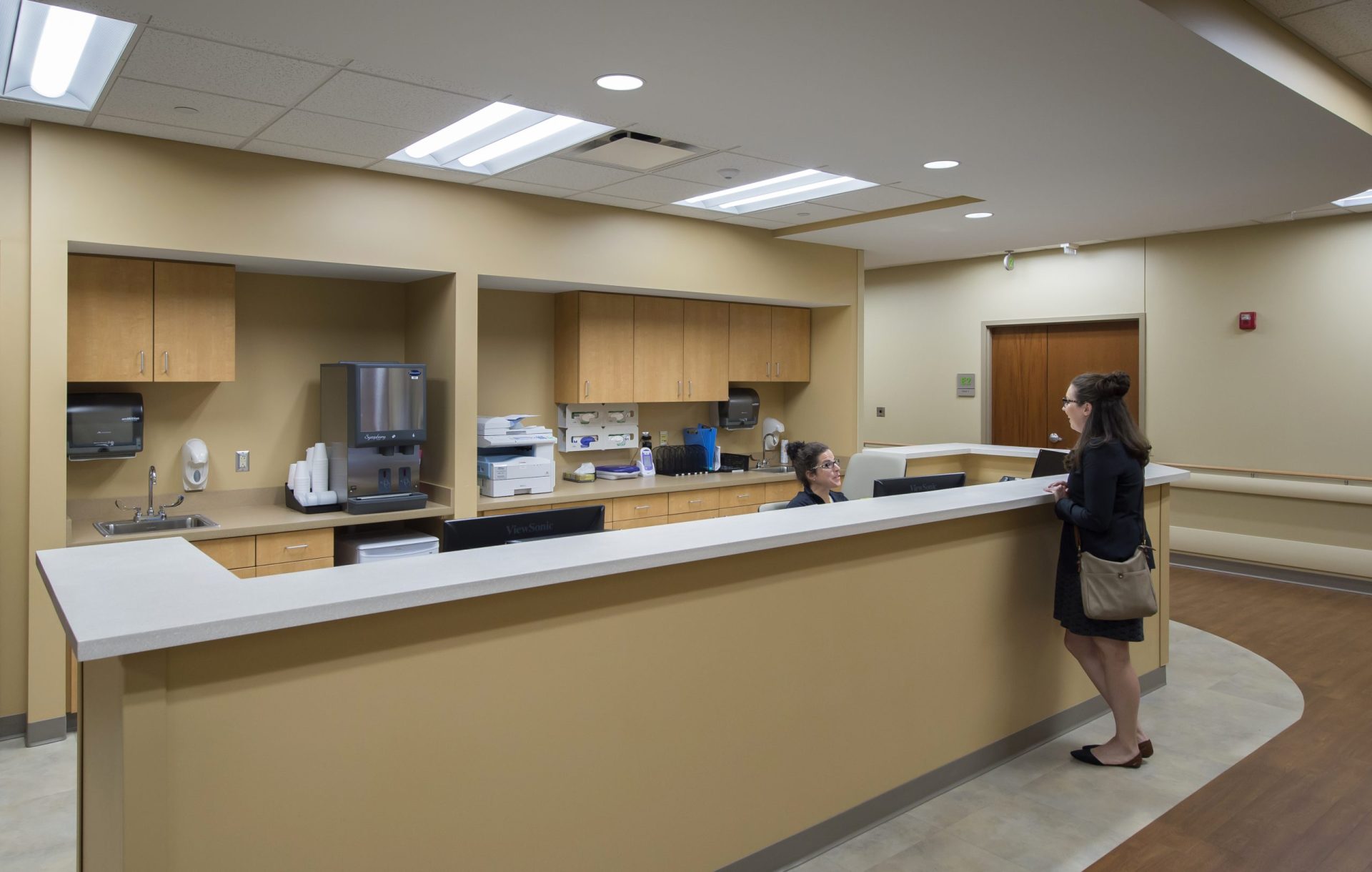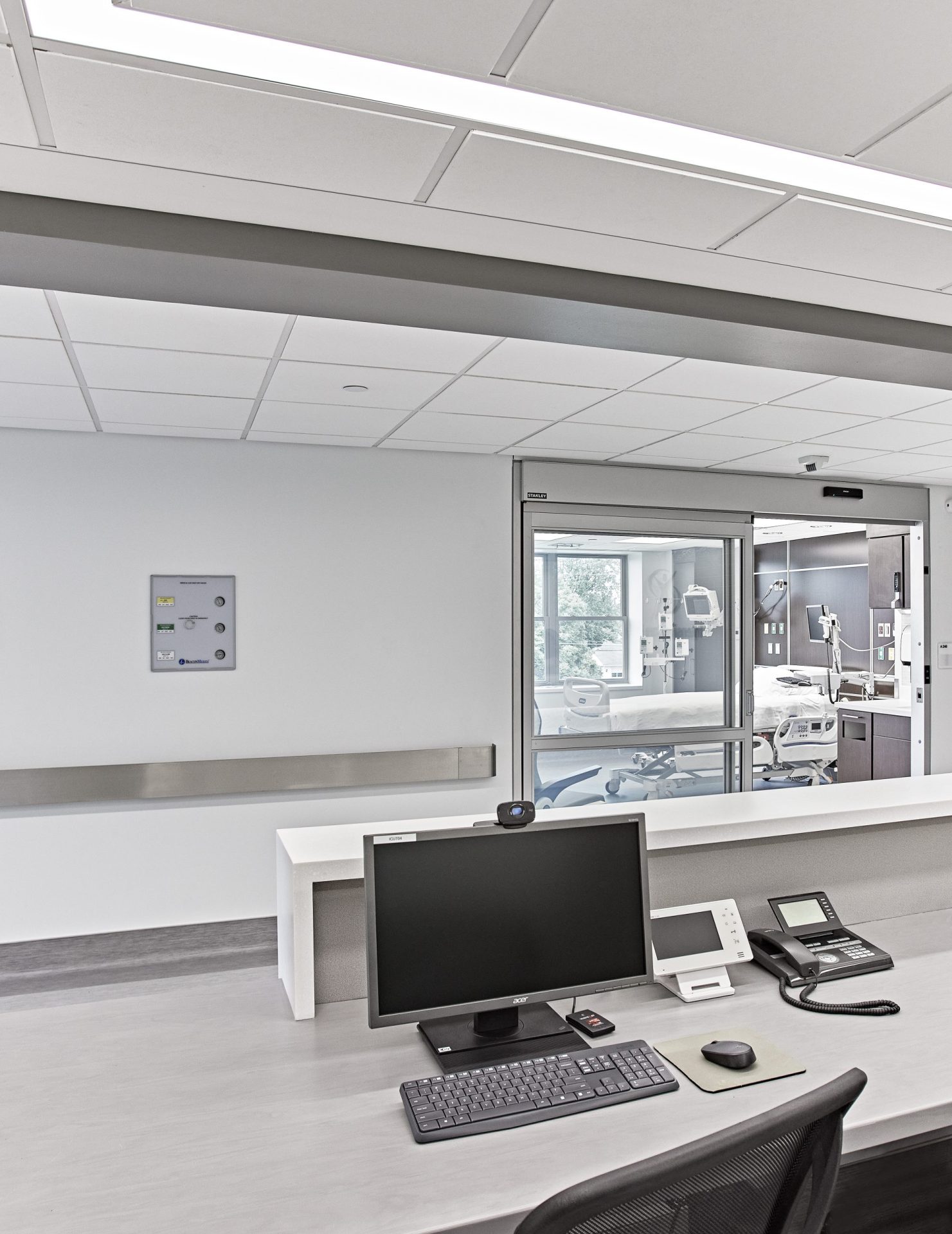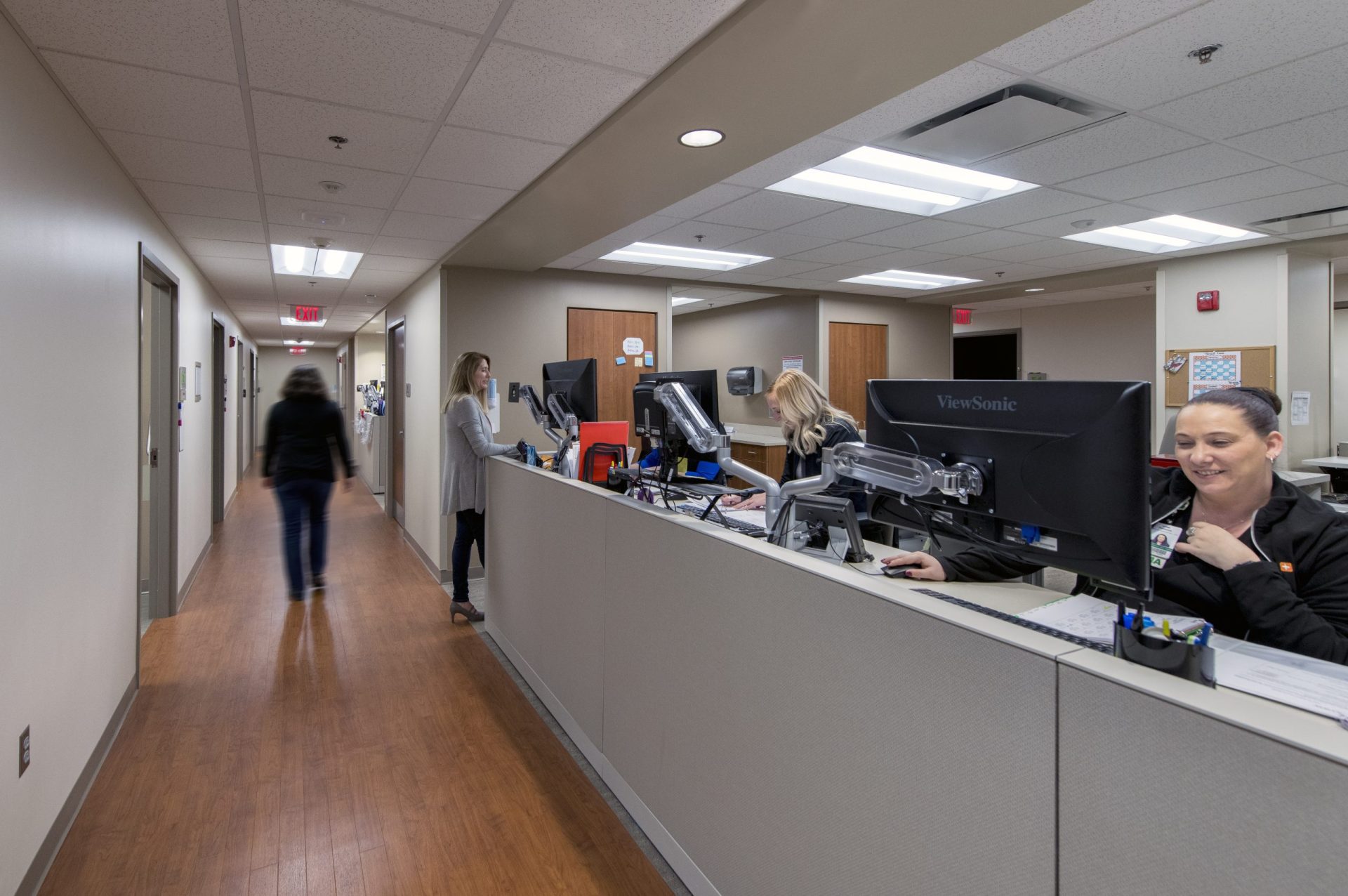Key Components of Telehealth
The CCHP, in collaboration with the National Consortium of Telehealth Resource Centers, has furthered defined telehealth and telehealth policy. The “Telehealth Definition Framework”3 was established to provide clarity on the use of telehealth and the key components. Today, those components include:
- Live Videoconferencing (Synchronous)
This is what we as patients are most familiar with – meeting with a provider in a live two-way session using electronic devices with audio / video and internet connection. This can occur in two ways: virtually from the patient’s home, or in a telemedicine room in a healthcare facility assisted by a patient presenter. It is also the means that providers use for remote consultation with other providers at the patient’s side in an Emergency Department or an Intensive Care Unit along with digital patient monitoring equipment. Health education is also now widely shared virtually providing health professionals the ability to conduct and attend the same continuing education programs in multiple locations. Patients can also receive education on disease management and other important health information.
- Store-and-Forward (Asynchronous)
This component is primarily for healthcare professionals, typically specialists, to assist in diagnosis and consultations when live virtual or in-person contact is not needed. Store-and-Forward provides access to data from sources such as X-rays, CT scans, and MRIs, as well as photographs, patient data and video clips of patient exams. With this type of consultation, the patient, primary care provider, and the specialist do not need to be scheduled at the same time, which improves the efficiency of healthcare services.
- Remote Patient Monitoring (RPM)
This may sound a little like stalking, but it’s actually for the benefit of the patient! This is the technologies and devices that exist today for a person’s health and medical data (vital signs, weight, blood sugar and oxygen levels, etc.) to be collected electronically and transmitted to a provider who may be in a completely different location. This can occur both for care services while in a medical facility and for support services after a patient is discharged to their home or care facility. The benefits include helping people stay healthier, reduced length-of-stay and re-admissions at hospitals and allowing older and disabled individuals to live in their homes longer.
Health information at our fingertips – that’s “mHealth”. While relatively new, it is a rapidly developing and expanding sector of healthcare technology. With the use of cell phones, tablets, and other hand-held devices, health information and education can be shared quickly and broadly through dedicated applications (apps). As with most developing technologies, policies for mHealth are continually being generated and adapted, and both the FDA and FTC have some jurisdiction and oversight.
Image: Rush Memorial Hospital Intensive Care Unit




